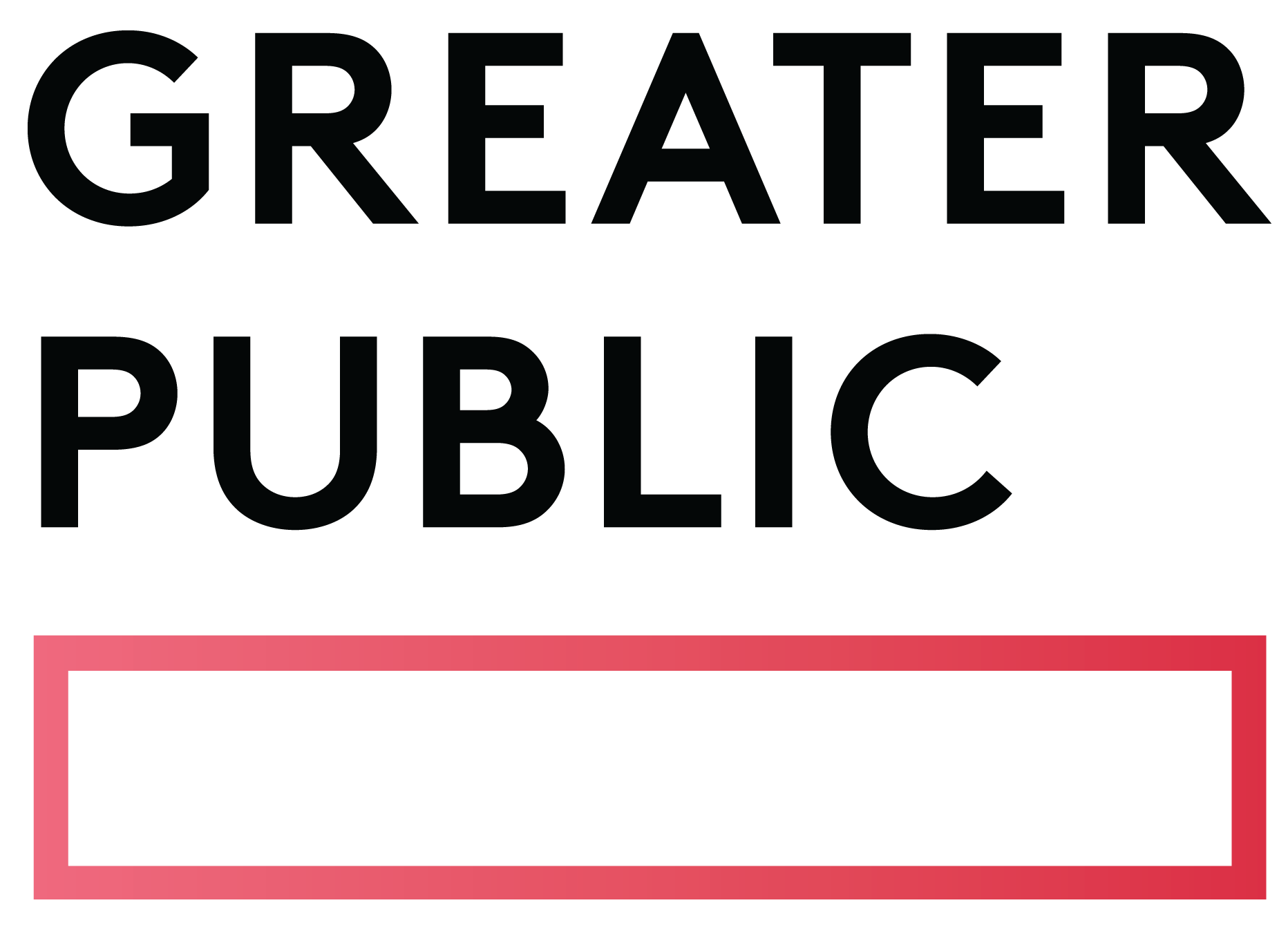Related Articles
Subscribe to the Greater Public newsletter to stay updated.
This site is protected by reCAPTCHA and the Google Privacy Policy and Terms of Service apply.

As you think about your public media organization’s future, do you feel optimistic about your brand and audience development?
If you’re feeling wary, you’re not alone. Local stations — particularly public radio stations — are grappling with limited staff, lower weekly cumes, and flat revenue growth. Public radio and TV stations are navigating changes in listening and viewing habits and increased competition from podcasts and streaming services. Given the many changes and challenges, many in public media find themselves at an inflection point.
In my conversations with public media professionals and former colleagues, I hear your hopes and struggles. I also see tremendous opportunities.
Cultural shifts and a pandemic have changed public media consumption habits — but they have also reinvigorated a shared vision for local journalism and reinforced the connection, companionship, and community that you offer your audiences — and that can build relationships that far outlast any high-profile events or election year “bumps.”
With those possibilities in mind, here are seven ways to use your marketing and communications to create new and deeper connections with local audiences.
It’s no longer safe to assume that curious and educated audiences will find you — or find you again — and leaning into your unique locale can give you an edge.
One way to share what makes your station (and staff) special is to create a community resource, such as a guide to your city or upcoming elections.
Last fall, WBUR introduced a fun and helpful Field Guide to Boston to help residents discover —and rediscover — “the weird and the wonderful that makes this place home.” The guide and newcomer newsletters demonstrate WBUR’s local knowledge and unique personality.
What should new and longtime residents know about the place you call home and your station community?
Do your audiences know your reporters and hosts as well as those of the national programs you carry? Look for opportunities to foster staff awareness and connection, such as new host announcements and team profile series.
Public radio stations can also spotlight their local Morning Edition and All Things Considered hosts and reporting. For Minnesota Public Radio audiences, local news and features from hosts Cathy Wurzer and Tom Crann are equally important to the latest national news from NPR.
Popular programs may drive listening and viewing, but audiences can subscribe to podcasts of their favorite public radio programs and stream many of their favorite public television programs on Acorn, BritBox, and other platforms.
While your local programs and podcasts may not garner the same high ratings or sponsorship dollars, don’t discount your station’s unique ability to offer high-quality journalism with a sense of time and place, such as Twin Cities PBS (TPT)’s Almanac, WUNC’s expanded Southern storytelling, and KUOW’s local economic insights.
Your station’s differentiation lies in local news and culture audiences can’t find anywhere else — and that you may not actively promote. Let audiences know what only you provide in addition to the national and international programs they may already love.
From music playlists to museum exhibits, audiences love curated experiences but may not realize how carefully curated their public radio and television station programming is.
Savvy public media audiences, particularly those new to your area, may wonder why they don’t hear specific programs on your station. Sharing the “why” behind your programming choices, such as in your newcomer’s guide/email series, reinforces your expertise and offers insights into your unique curation process, particularly when you can cite local audience research.
You can also maximize national or international stories in your region by highlighting them in your digital communications and considering follow-up stories.
Maybe Marketplace has featured a local business owner for its “My Economy” series, or PBS NewsHour has interviewed local citizens for an evening broadcast or special. Promoting local spotlights by well-known sources can reinforce the interconnectedness of your programming, create ongoing conversations, and lead to new audience insights.
Invite audiences to discover how public radio and television are made by offering glimpses of your production processes and pledge drives.
Behind-the-scenes photos and videos make great content for your social media, website, and newsletters and build connections with station staff who live and work in their communities — but who they may not see or hear on-air.
As audiences navigate the latest COVID-19 variant and brace themselves for another long and contentious election season, your arts and culture programs can offer a welcome respite from the chaos.
Boosting audiences’ awareness of your non-news programming can reinforce the balance you offer throughout the week and keep them engaged. Knowing politics can wind them up, highlight ways audiences can wind down, including your cooking, travel, and music programs. Acknowledging their needs for news and information — and rest and relaxation — can build lasting trust and loyalty.
The public broadcasting model has been disrupted, but the need for connection and community continues. Local stations are uniquely qualified to meet the demand, and these seven tactics can support your marketing and communications efforts.

View these related member resources and more with a Greater Public membership:
This site is protected by reCAPTCHA and the Google Privacy Policy and Terms of Service apply.
New to Greater Public? Create an account.
